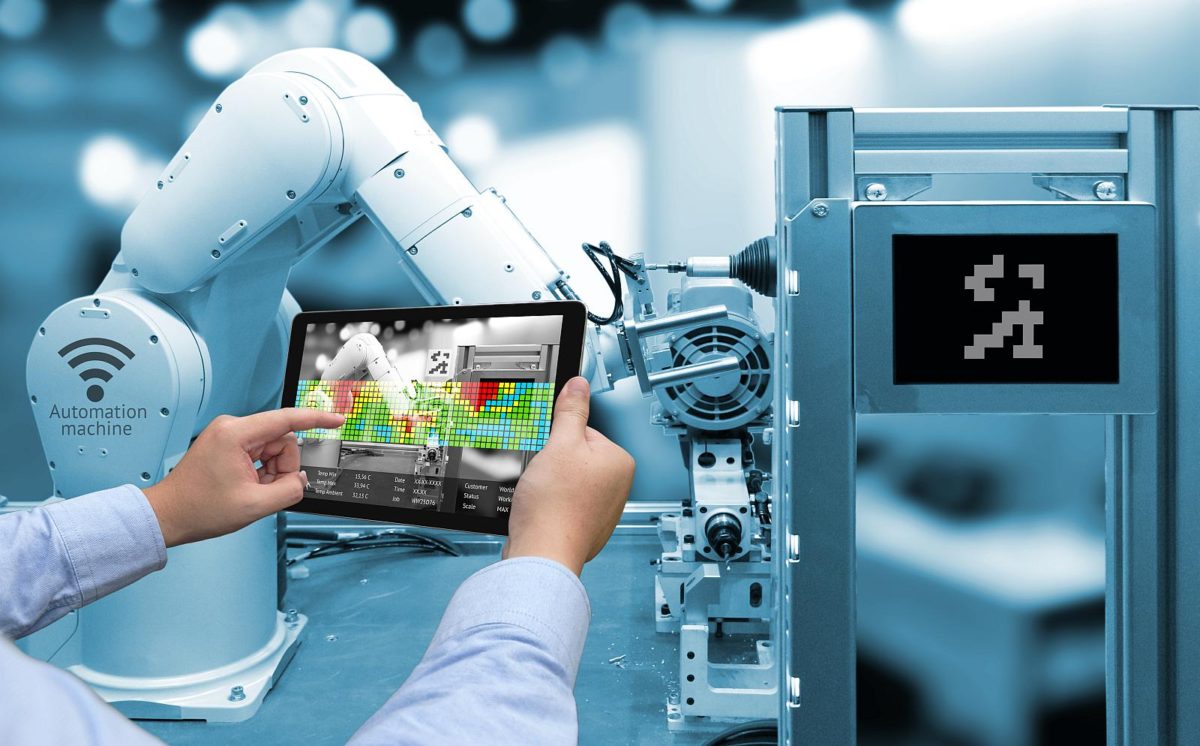In october 2016, Gartner already predicted that digital twins would be one of the five major strategic trends for 2017. Gartner’s publication resulted in the birth of a new buzzword and a true explosion of online articles, most of which simply repeated Gartner’s findings and providing few new insights. Therefore, the question remains: what does the concept actually entail?
Originally, the concept of a “digital twin” was a virtual representation of a manufactured good, which functioned to compare the original design with the produced asset (Grieves and Vickers, 2001). The virtual twin would consist of a digital model and the required bill of materials (in other words, a blueprint for production) or could be a list of the required steps for production and data on current operational states of the product (measured by sensors).
Over the years, the definition evolved somewhat, so that it now entails a physical product and a virtual product, and the connection of data to tie both the virtual and real product together (Shilova, 2017). The focus no longer lies on accurately executing the design, but shifted to offering simulations of systems and products using real-time data.
According to Oracle (2017), digital twins offer a number of benefits. Most importantly, digital twins provide insights into operations of machines, whether they are stand-alone or part of a larger interconnected system. In addition, by combining the digital twin with mathematical modeling techniques, future states of the machine can be predicted, making it easier to prepare for or prevent breakdowns. The twin can be used for scenario analysis as well, as long as the interface allows for interaction with the model, so that different parameters can be set. If the digital twin is designed to be compatible with backend business applications, such as manufacturing, procurement or logistics systems, the concept could be used to further optimize supply chain operations.
The Internet of Things, the network of interconnected devices, serves as an enabler for the digital twin technology. It is no surprise then that with the recent advances in the (industrial) IoT landscape, digital twins have gained momentum too, despite having been around for a while.
Even though the technology currently mainly focuses on industrial manufacturing, one cannot help but wonder whether its applications will extend to mankind in the future. Using sensors and monitoring patient health “states” is already commonplace in hospitals, and creating a personal digital twin would only take current developments one step further. Applications could also extend to insurance fraud prevention. With digital twins having real-time health data available, checking the legitimacy of insurance claims would be greatly simplified. Of course, as with any data collection technique or application, this would raise safety and security concerns. The future will show whether privacy wins from transparency.
References:
Gartner inc. 2016. Gartner’s Top 10 Strategic Technology Trends For 2017. 26th October. Forbes. [Online]. [5 October 2017]. Available from: https://www.forbes.com/sites/gartnergroup/2016/10/26/gartners-top-10-strategic-technology-trends-for-2017/
Grieves, M. and Vickers, J. 2001. Digital Twin: Mitigating Unpredictable, Undesirable Emergent Behavior in Complex Systems (Excerpt). n.d. [Online]. [6 October 2017]. Available from: http://research.fit.edu/camid/documents/doc_mgr/1221/Origin%20and%20Types%20of%20the%20Digital %20Twin.pdf
Oracle. 2017. Digital Twins for IoT Applications: A Comprehensive Approach to Implementing IoT Digital Twins. n.d. [Online]. [6 October 2017}. Available from:
Click to access digital-twins-for-iot-apps-wp-3491953.pdf
Shilova, M. 2017. Digital Twin as a Strategic Technology Trend. 29th June. Apium Hub. [Online]. [6 October 2017]. Available from: https://apiumhub.com/tech-blog-barcelona/digital-twin-technology/


I understand the ide and the concept, but I believe it can be bigger than just some IOT products. It does not sound like something that is completely new as the idea of simulation programmes have existed for quite some time. However, Singapore, with its small size and modern urban outline, is planning on using this technology to create a layout of the entire city. This would have more impact as one can now test everything already on a national scale. This is planned to be an open source and would allow for network effects with the in the lecture discussed social effects, where more people contribute more value is created. Do you think this would further improve the online testing environment and if this would render Gartner’s findings “old fashioned”?
If one is interested in reading more about this, please visit https://www.3ds.com/.